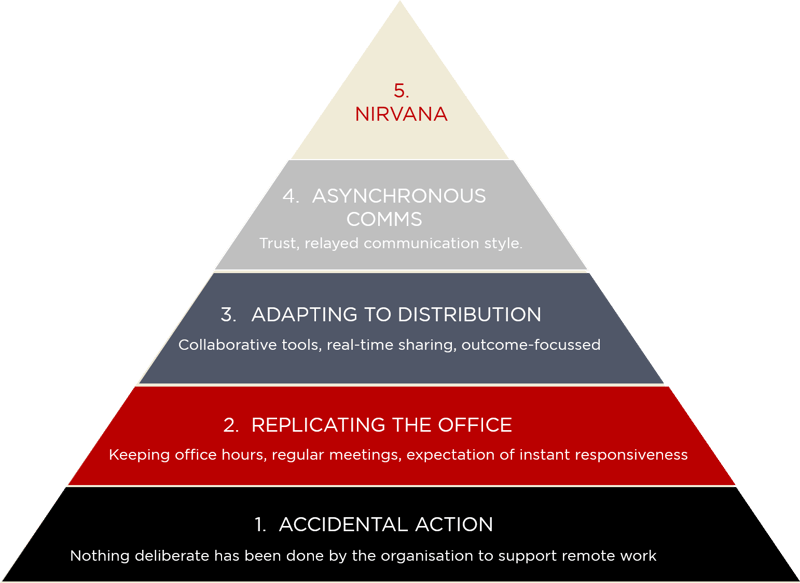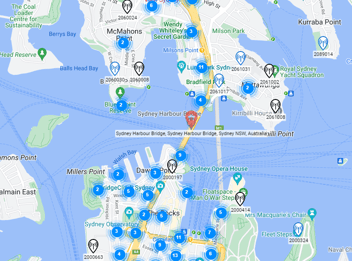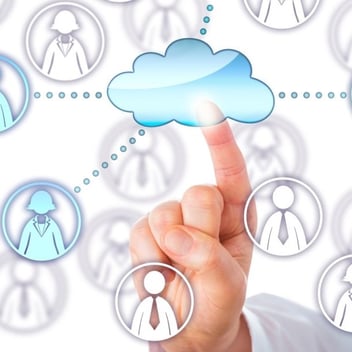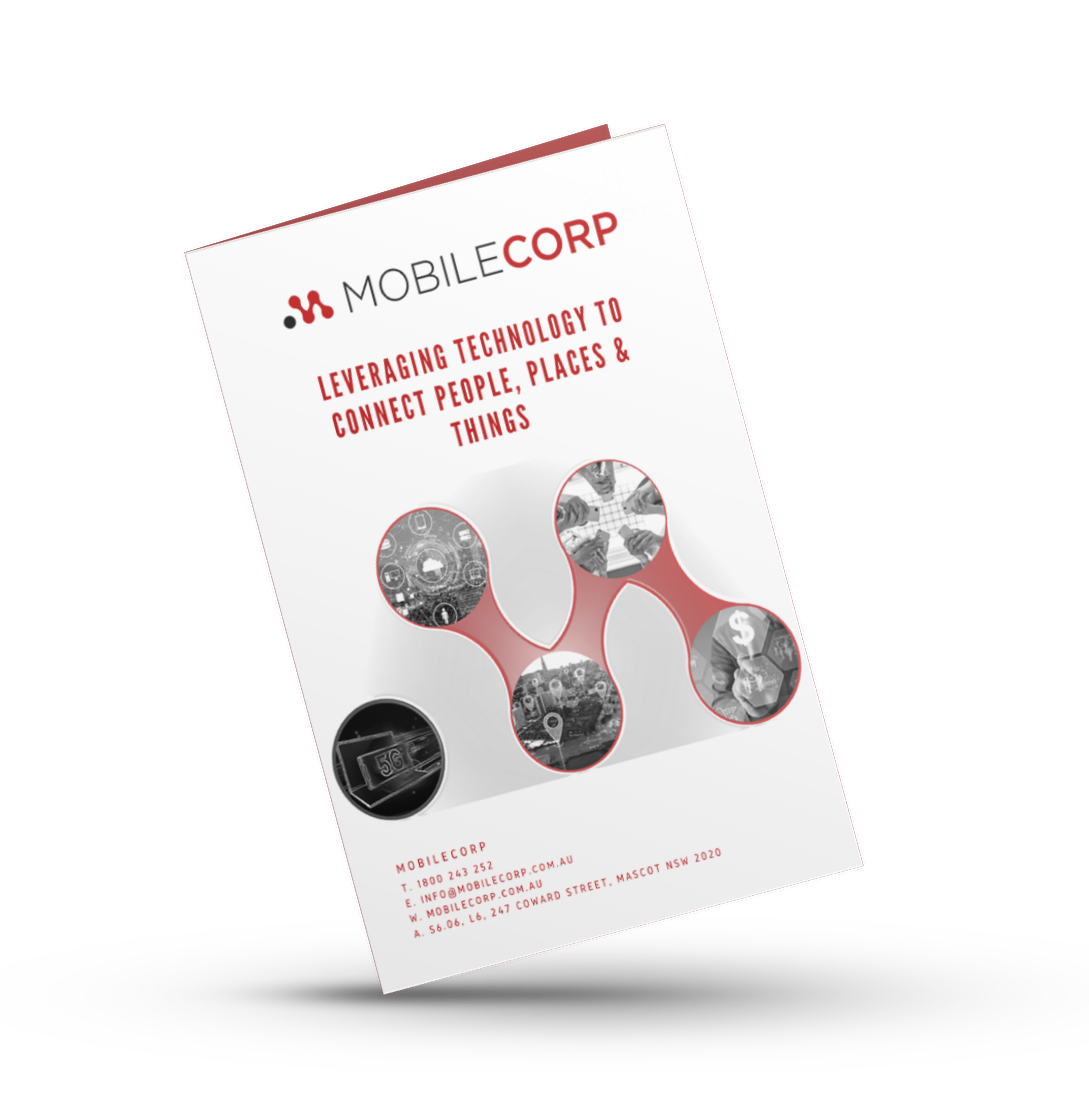A few weeks into working from home due to the Covid-19 lockdown, and we feel like we're getting the hang of it. But are we really? On a scale of 1-5, most companies are only at level 2 when it comes to remote working maturity.
Credit where credit is due - the speed at which most Australian companies have shifted to remote working has been impressive.
But... the concept of remote work is more than just carving out a corner of the spare room - or bedroom - for a desk. It's more than having a device with email, a chat app, and a video-conferencing tool.
There are levels of maturity to this phenomenon of remote working and most organisations are at level 2 - the crawling or baby steps stage.
Five levels of remote - or distributed - working
The concept of five levels of remote working belongs to Matt Mullenweg, the founder of Automattic, the company behind Wordpress, which powers 45% of all websites on the internet.
Automattic has over 1,000 employees spread across 75 countries, speaking 93 languages. It does not have an office.
Mullenweg doesn't talk about remote working because that implies there is a centralised hub or office that the worker is remote from. He refers to distributed working, with his own workforce distributed across the world.
Mullenweg outlines five levels of distributed working, and it seems that most Australian organisations who embraced the concept of working from home in response to pandemic direction are probably at level 2.

Copyright: MobileCorp 2020
Level 1 - Accidental Action
Level 1 is overwhelmingly where most Australian organisations were prior to the pandemic. At this level employees have a corporate laptop and smartphone. They can access their email remotely and save documents onto their desktop to work on at home. They may be able to dial into a meeting - most often using the free version of some conferencing software. At level 1, employees are capable of working from home for a day or two, but this capability is more by accident than design. Generally work happens on work equipment, in work time and at the office. The organisation has undertaken few deliberate actions to make remote work simple or productive.
Level 2 - Replicating the Office, Online
Level 2 is where most Australian organisations are now, 3-4 weeks into pandemic-prescribed working from home. At level 2 employees have their connectivity sorted. They can login to the corporate network, most often through a VPN, and download documents they need. At level 2 it is not the technology that is holding back productivity, it is the workplace culture.

At level 2, organisations are aiming for 'business as usual' from a distance. Employees are expected to be available online during normal office hours and to be available on demand if anyone reaches out on chat. This scenario is similar to sitting at your desk in the office where anyone can drop by to disrupt your work with a question. Group meetings continue as though everyone is in the office, often with ten or more people involved.
At level 2, organisations are making the medium fit their traditional way of working, rather than modifying work practice to optimise results.
Level 3 - Adapting to Distribution
At level 3, organisations are adapting their work practices and policies. They figure out what the new remote work culture can offer that is an advantage over traditional office-bound work practices and they deliberately optimise these.
As an example, Mullenweg points to real-time collaboration and shared documents that are visible to all and updated during a discussion, so that there is a shared understanding of what is discussed and decided. This requires preparation and focus from participants to eliminate the risk of lost in translation errors and time wasting.
The culture around meetings also changes. Meetings are never used to share information - that's what email or instant messaging is for. Meetings always have agendas and desired outcomes. As a default, meetings will last 15 minutes with only essential participants who have prepared in advance and are 100% focused - as opposed to reading emails while someone else is talking.
At level 3 organisations also invest in the required tools to make distributed working more comfortable for employees and more professional when dealing with customers. This will include items such as headsets, noise-cancelling microphones, video-conferencing lighting and ergonomic furniture.
Level 4 - Asynchronous Communication
Asynchronous - I had to look it up - means 'not existing or occurring at the same time'. In terms of communication, it means a conversation that occurs in a singular fashion with each participant contributing at or when it makes sense to them to do so. This would look like one person communicating and a second person responding when they are ready to do so - repeat; as opposed to meeting up online or on IM to have a real-time exchange of information or ideas.
With asynchronous communication, there is no expectation that colleagues will be instantly available at all times.
The reality is, if we plan, most things don’t require an immediate response. Mostly, a one-way email or instant message should suffice, with the recipient responding when it is convenient for them to do so. If something really is urgent, then the mode of communication should reflect that. Pick up the phone, or tap that person on the shoulder, but only if it is truly urgent.
People work to their natural rhythm without judgement. That might mean early in the morning or late in the evening and not in the middle of the day.
Decision-making tends to be slower, but more considered. There is space to think, or to create. Giving people time to think between question and response tends to cut emotion and anxiety out of the equation, and prevents us from blurting out the first thing that comes to mind - as might happen when put on the spot in a meeting or when tapped on the shoulder. Input is intentionally gathered from all relevant employees, not just the most confident or loudest in the room.
If there is one word that sums up level 4, it's trust. At this level employees are evaluated on what they produce, not how or when they produce it. Trust is the glue that holds this entire operation together.
Level 5 - Nirvana
Level 5 is the goal but unlikely to be attainable for most organisations in the foreseeable future. This is when remote working produces performance which is consistently higher than any physically-proximate team could. The team is effortlessly effective. All employees are committed to the organisation's goals, and feel empowered to contribute. It’s when the work gets done but everyone in the company still has time for wellness and mental health, when people bring their best selves and highest levels of creativity to do the best work of their careers, and all the while are enjoying themselves and having fun.


Do you have some time to invest in knowledge-building during lockdown?
Download our Guide to learn about five emerging technologies relevant to Australian business now.
Remote Working Michelle Lewis 20 Apr 2020
Related Posts
Popular Tags
- Mobile Devices (78)
- Mobility (70)
- Telstra (61)
- MobileCorp Managed Services (52)
- 5G (50)
- Mobile Network (33)
- Apple (30)
- Cradlepoint (30)
- MobileCorp (30)
- iPhone (26)
- Remote Working (23)
- Networks (21)
- Network (17)
- Covid-19 (16)
- UEM (16)
- Mobile Security (15)
- Wireless WAN (13)
- Cyber Security (12)
- MDM (12)
- TEMs (9)
- Unified Comms (9)
- Cloud (8)
- Mobile Expense Management (8)
- Wandera (8)
- Mobile Device Lifecycle (7)
- Mobile Device Management (7)
- Android (6)
- Data Networks (6)
- Sustainability (6)
- Samsung (5)
- Digital Experience (4)
- IOT (4)
- Microsoft Intune (4)
- Network Security (4)
- Security (4)
- Unified Communications (4)
- Microsoft (3)
- Data (2)
- Government (2)
- Managed Desktops (2)
- Microsoft 365 & Teams (2)
- nbn (2)
- webinar (2)
- Blog (1)
- EMM (1)
- Emerging Technologies (1)
- IT Services (1)
- Retail (1)
- SD-WAN (1)
- Starlink (1)
- Telstra Services (1)
- video (1)








